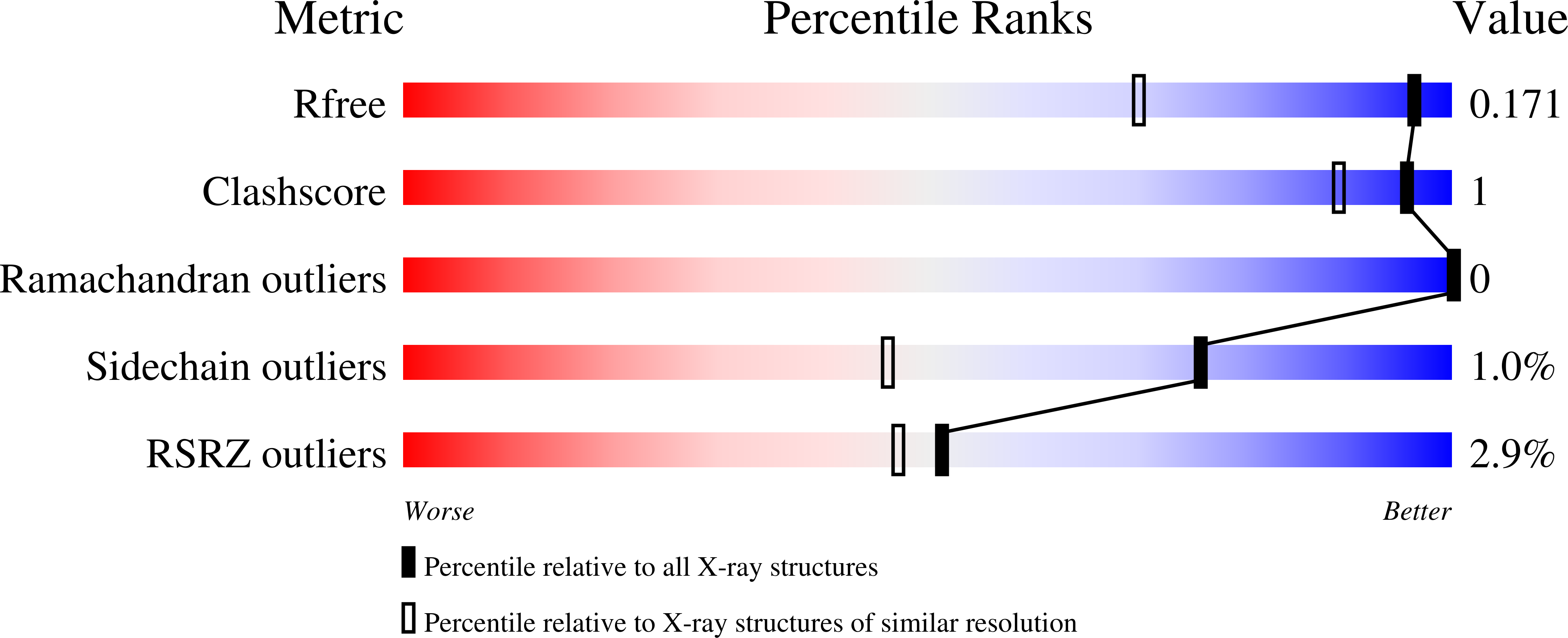
Deposition Date
2018-03-06
Release Date
2019-09-18
Last Version Date
2024-01-17
Entry Detail
PDB ID:
6FWM
Keywords:
Title:
Structure of the GH99 endo-alpha-mannanase from Bacteroides xylanisolvens in complex with alpha-Glc-1,3-1,2-anhydro-mannose hydrolyzed by enzyme
Biological Source:
Source Organism:
Bacteroides xylanisolvens XB1A (Taxon ID: 657309)
Host Organism:
Method Details:
Experimental Method:
Resolution:
1.28 Å
R-Value Free:
0.16
R-Value Work:
0.13
R-Value Observed:
0.13
Space Group:
I 4


